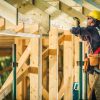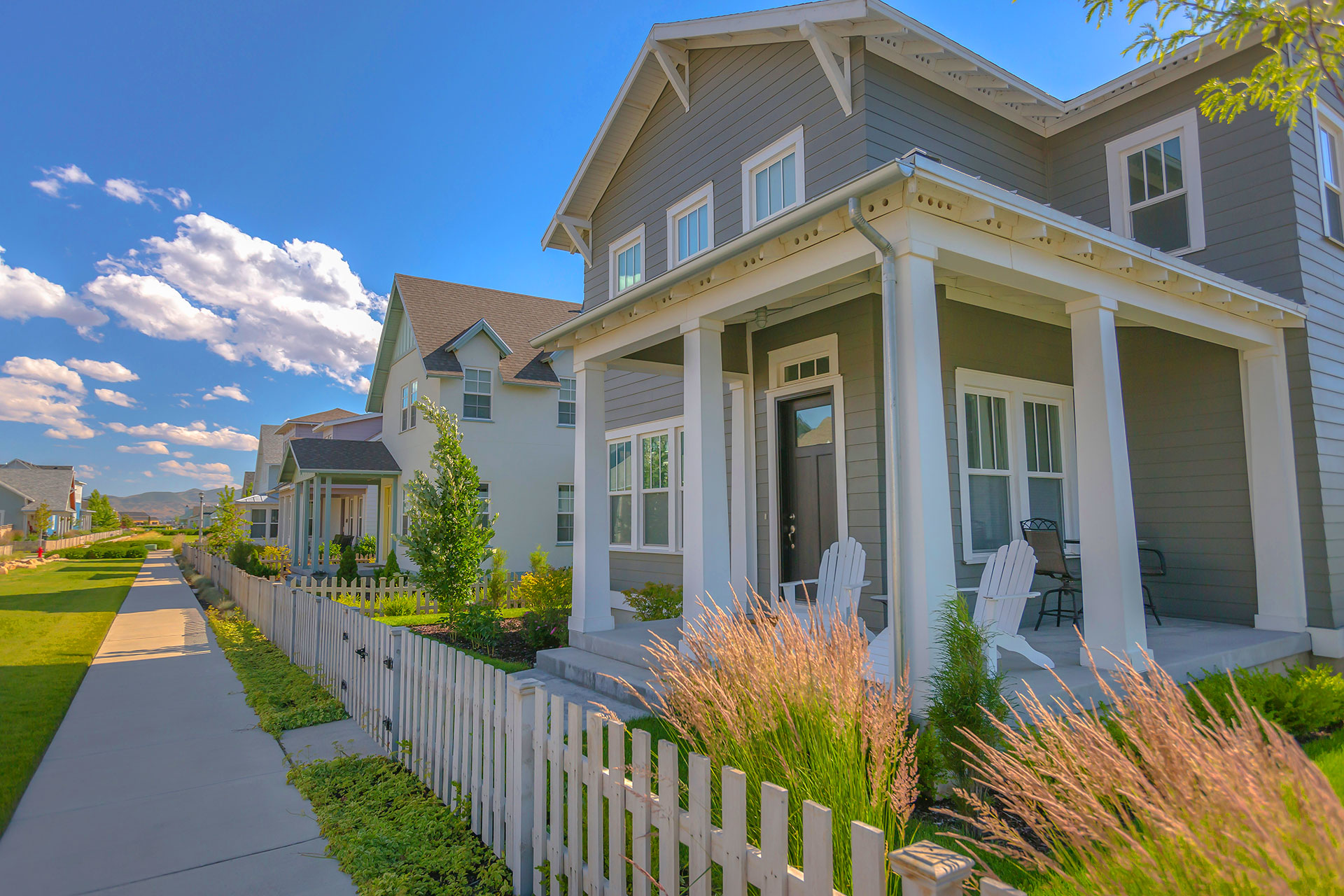Some homes age gracefully. They stand solid through decades of storms, shifting seasons, and the slow wear of time. Others, though beautiful when built, start to show their cracks far too soon. What makes the difference isn’t luck or location. It’s structure. The unseen choices beneath the paint and plaster are what truly determine whether a home endures or fades.
It All Begins with the Foundation
Every lasting structure starts below the surface. The foundation doesn’t just hold the weight of the house; it resists moisture, temperature swings, and soil movement.
A strong base comes from proper site preparation: compacted soil, well-designed drainage, and reinforced concrete that won’t shift with the first hard freeze. When builders take shortcuts here, the consequences appear years later, cracks, uneven floors, doors that won’t close.
The best foundations are the ones you never have to think about again.
Framing That Thinks Ahead
Framing is the skeleton of a home. Done right, it balances flexibility with strength. Done poorly, it warps, creaks, and sags over time.
Seasoned builders use kiln-dried lumber, correct spacing, and precise fastening techniques that allow for movement without compromising integrity. Steel reinforcements and engineered wood beams add even more durability where it matters most, under heavy loads or open spaces.
A solid frame doesn’t just hold walls; it holds shape for generations.
Weatherproofing Like a Fortress
Mother Nature is relentless. Rain, wind, humidity, and temperature shifts constantly test a home’s defenses. That’s where good weatherproofing earns its keep.
Think of it as layered armor:
- A moisture barrier that keeps water from sneaking into walls.
- Quality insulation that stabilizes temperature and reduces strain on materials.
- Proper flashing around windows, doors, and roofs to stop leaks before they start.
Every seam, every joint, every corner matters. Time doesn’t ruin a home; exposure does.
Roofs Built with Foresight
The roof is your home’s first line of defense, and it’s often the first to fail when built poorly. A well-constructed roof isn’t just about shingles; it’s about structure, slope, and ventilation.
Roofs that breathe properly last longer because trapped heat and moisture can’t rot the framing beneath. Durable materials, metal, composite, architectural shingles, add decades to a home’s lifespan when paired with proper design.
How About Drainage?
Water always finds a way. If your property doesn’t guide it away from the house, it’ll eventually push its way in. Gutters, grading, and French drains may not sound glamorous, but they’re the quiet systems that keep everything else standing.
A home that manages water well ages more slowly, looks better, and requires far less repair over the years.
Building for the Long Run
A house that stands the test of time isn’t about overbuilding; it’s about understanding how each element supports the next. Solid foundations, thoughtful framing, airtight weatherproofing, smart roofing, and proper drainage create a structure that lasts through decades of change.
When these parts work together, a home doesn’t just survive, it endures. It settles into its landscape, season after season, still strong, still sure, still standing.






Comments are closed